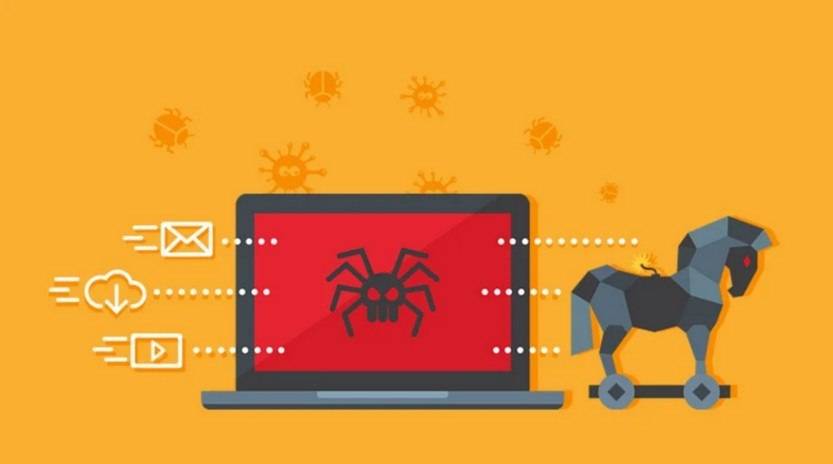Scams and phishing attempts have become increasingly prevalent in the digital age, targeting unsuspecting individuals and organizations. One such scam that has gained significant attention is the Apple ‘Unusual Activity In Your Account’ phishing scam. This article aims to provide a comprehensive overview of this scam, including what it is, how it works, what to do if you have fallen victim, and other relevant data.

What is the Apple ‘Unusual Activity In Your Account’ Phishing Scam?
The Apple ‘Unusual Activity In Your Account’ phishing scam is a fraudulent attempt to obtain sensitive information, such as login credentials and financial details, from Apple users. Scammers send out emails or text messages that appear to be from Apple, warning the recipient about suspicious activity in their account. The messages often include a link that directs the user to a fake Apple website, designed to mimic the official site.
How Does the Scam Work?
The scam typically begins with a user receiving an email or text message that appears to be from Apple. The message informs the user that there has been unusual activity in their Apple account and urges them to take immediate action to secure their account. The email or text message may include alarming statements, such as unauthorized purchases or account suspension, to create a sense of urgency.
When the user clicks on the provided link, they are directed to a fake Apple website that closely resembles the legitimate site. The fake website prompts the user to enter their Apple ID and password, tricking them into divulging their login credentials. In some cases, the scam may also ask for additional personal information, such as credit card details or social security numbers.
Once the scammers obtain the user’s login credentials, they can gain unauthorized access to the victim’s Apple account. This gives them the ability to make fraudulent purchases, access personal information, or even use the compromised account for further phishing attempts.
What to Do If You Have Fallen Victim?
If you have fallen victim to the Apple ‘Unusual Activity In Your Account’ phishing scam, it is crucial to take immediate action to protect your account and personal information. Here are the steps you should follow:
- Change your Apple ID password: Go to the official Apple website and change your password immediately. Make sure to choose a strong, unique password that is not easily guessable.
- Enable two-factor authentication: Two-factor authentication adds an extra layer of security to your Apple account. Enable this feature to ensure that any future login attempts require a verification code sent to your trusted devices.
- Review your account activity: Check your account for any unauthorized purchases or changes. If you notice any suspicious activity, report it to Apple and your financial institution.
- Scan your device for malware: It is essential to scan your device for any malware or viruses that may have been installed through the phishing scam. Consider using a reputable antivirus software like Malwarebytes Free to ensure your device is clean.
- Report the scam: Report the phishing scam to Apple and the appropriate authorities. This helps in raising awareness and potentially preventing others from falling victim to the same scam.
Protecting Yourself from Phishing Scams
Phishing scams, including the Apple ‘Unusual Activity In Your Account’ scam, can be highly deceptive. However, there are several measures you can take to protect yourself:
- Be cautious of unsolicited emails or text messages: Avoid clicking on links or downloading attachments from unknown sources. Always verify the legitimacy of the sender before taking any action.
- Double-check website URLs: Before entering any sensitive information, ensure that the website URL is legitimate. Scammers often create fake websites with URLs that closely resemble the official ones.
- Keep your software up to date: Regularly update your operating system, web browsers, and antivirus software to ensure you have the latest security patches.
- Educate yourself: Stay informed about the latest phishing techniques and scams. Familiarize yourself with the warning signs and common red flags to identify potential phishing attempts.
Summary
The Apple ‘Unusual Activity In Your Account’ phishing scam is a deceptive scheme aimed at tricking Apple users into divulging their login credentials and personal information. By posing as Apple, scammers create a sense of urgency and direct users to fake websites where they unknowingly provide their sensitive data. If you have fallen victim to this scam, it is crucial to take immediate action by changing your password, enabling two-factor authentication, reviewing your account activity, scanning your device for malware, and reporting the scam. By staying vigilant and following best practices, you can protect yourself from falling victim to phishing scams.










